Photos: The Most Powerful Storms of the Solar System
Martian Dust Storm Creeps North
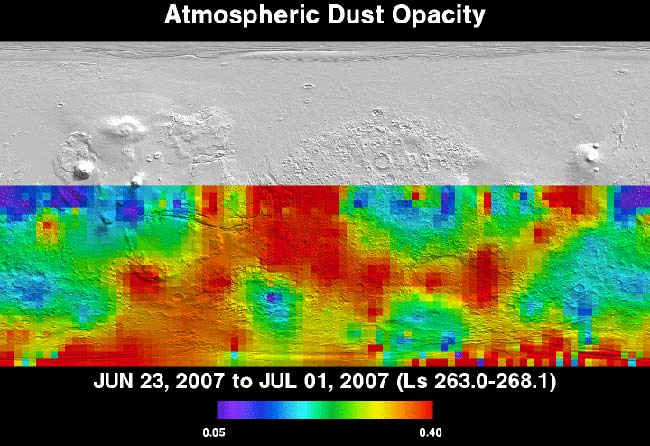
Infrared images from NASA's Mars Odyssey orbiter show how the dust storm is blocking sunlight to the planet's surface. Opacity decreases from left to right on the scale bar. The purple areas are nearly clear, while the red regions show roughly a two-thirds reduction in sunlight.
Venus May Be Earth's Hellish Twin
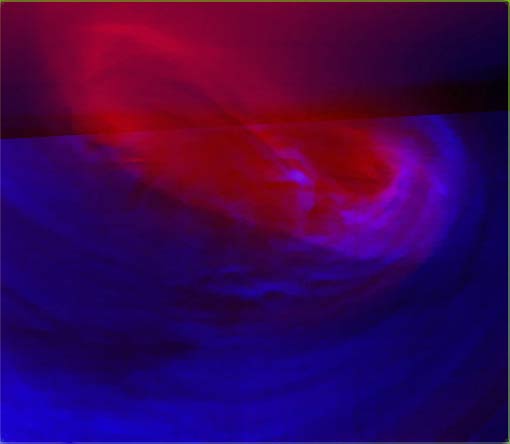
A polar vortex in 3-D at Venus' south pole, as seen by the VIRTIS instrument on board ESA's Venus Express.
Giant Storms Erupt on Jupiter
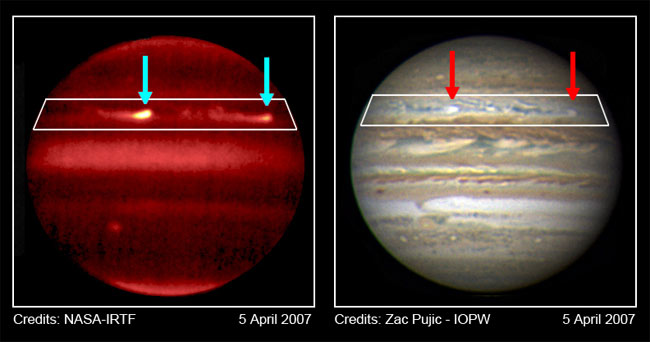
Ground-based images of the two bright plumes and the disturbance on April 5, 2007 at two different wavelengths: infrared (left) and visible (right).
Long-Lived Lightning Storm Rages on Saturn
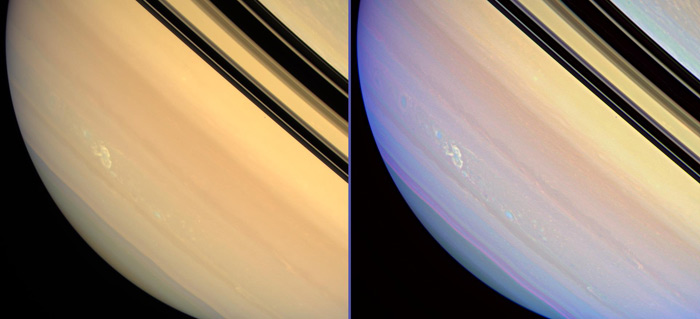
These two side-by-side views show the longest-lived electrical storm yet observed on Saturn by NASA's Cassini spacecraft. On the left is a view of the storm as it would look to the human eye, while an enhanced version to bring out the storm is at right.
Giant Cyclones Seen on Saturn
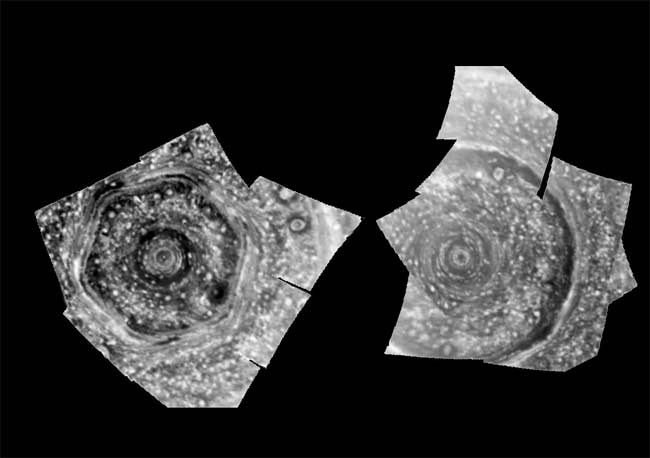
This is a side-by-side view of large cyclones at the north (left) and south (right) poles of Saturn taken in June 2008 by the visual and infrared mapping spectrometer onboard the Cassini spacecraft.
Secrets of Jupiter's Great Red Spot Revealed in New Weather Map

New thermal images from ESO’s Very Large Telescope (VLT) and other ground-based telescopes show swirls of warmer air and cooler regions never seen before within Jupiter’s Great Red Spot. The image on the left was obtained with the VISIR on the VLT in Chile on 18 May 2008. The image on the right was obtained by the NASA/ESA Hubble Space Telescope on 15 May 2008.
Powerful Lightning at Saturn Revealed in Video
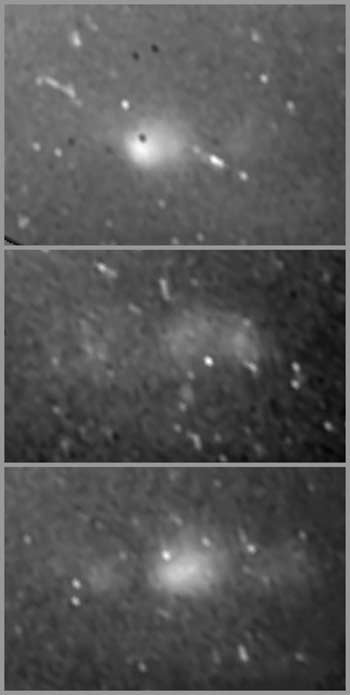
NASA's Cassini spacecraft captured the first lightning flashes on Saturn when it captured these images on August 17, 2009.
Get the Space.com Newsletter
Breaking space news, the latest updates on rocket launches, skywatching events and more!
Storm of the Century 1993
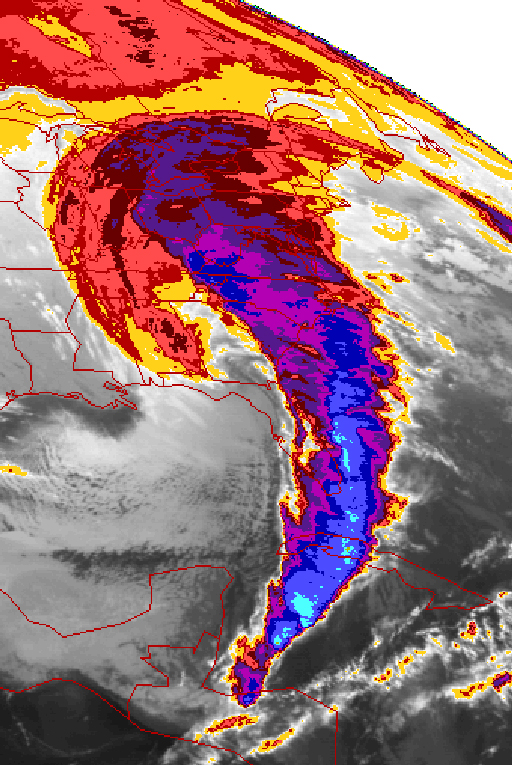
The Storm of the Century in 1993.
Saturn's Stratospheric Beacons

Saturn's stratospheric beacons (atmospheric responses to the storm plumes deep below in the troposphere) are still present to this day. This ESO/VLT view shows features on a number of days in January and February 2011. The left hand image shows Saturn's normal quiescent stratosphere in March 2010, 9 months before the outbreak of the storm.
Great Spot on Neptune
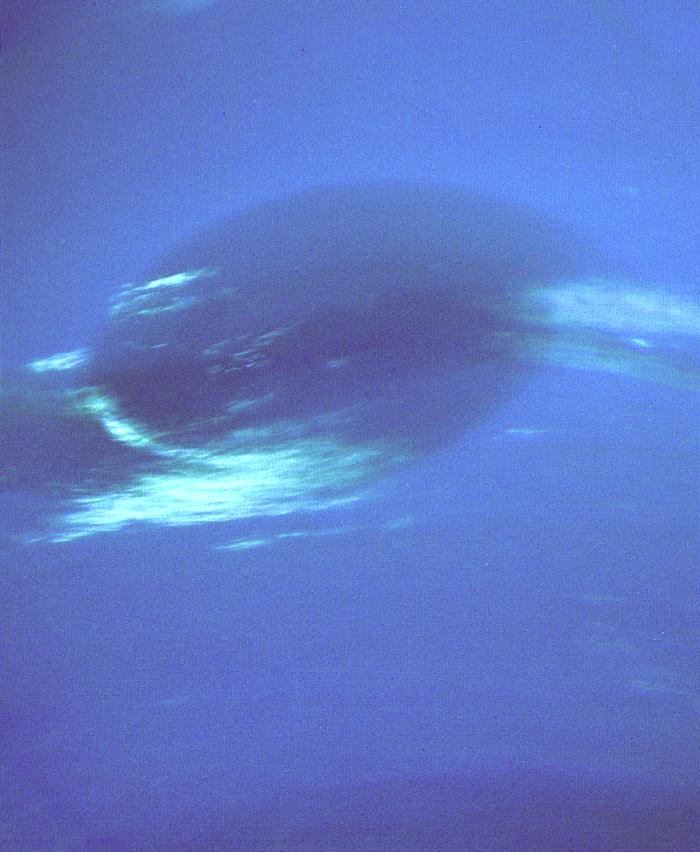
This photograph shows the last face on view of the Great Dark Spot that Voyager will make with the narrow angle camera. The image was shuttered 45 hours before closest approach at a distance of 2.8 million kilometers (1.7 million miles). The smallest structures that can be seen are of an order of 50 kilometers (31 miles)
Join our Space Forums to keep talking space on the latest missions, night sky and more! And if you have a news tip, correction or comment, let us know at: community@space.com.

Space.com is the premier source of space exploration, innovation and astronomy news, chronicling (and celebrating) humanity's ongoing expansion across the final frontier. Originally founded in 1999, Space.com is, and always has been, the passion of writers and editors who are space fans and also trained journalists. Our current news team consists of Editor-in-Chief Tariq Malik; Editor Hanneke Weitering, Senior Space Writer Mike Wall; Senior Writer Meghan Bartels; Senior Writer Chelsea Gohd, Senior Writer Tereza Pultarova and Staff Writer Alexander Cox, focusing on e-commerce. Senior Producer Steve Spaleta oversees our space videos, with Diana Whitcroft as our Social Media Editor.









